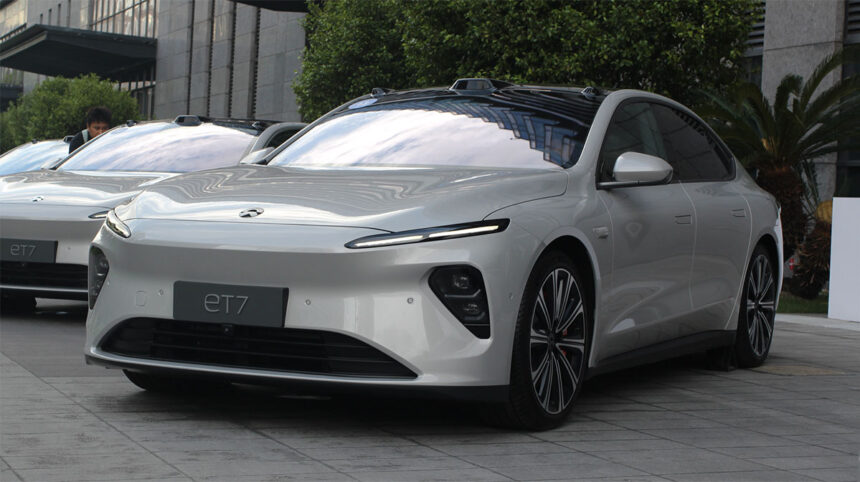Nio is making adjustments to its smart driving team for the second time this year, aiming to accelerate the use of end-to-end technology in remaking smart driving features. This move comes after several local peers have already integrated this technology into their Advanced Driver Assistance Systems (ADAS).
According to a report by LatePost, Nio is in the final stages of a personnel reshuffle within key positions of its smart driving delivery team and end-to-end technology team. This restructuring is a response to the smart driving program not meeting expectations and facing delays in end-to-end technology development.
The company’s smart driving division consists of more than a dozen sub-divisions, with Ren Shaoqing, vice president of smart driving research and development, set to replace Peng Chao and oversee the large model division directly. Additionally, heads of the deployment architecture and solutions department and the time and space information department have also seen changes.
Nio stated that these adjustments are aimed at improving the delivery of advanced features to users and adapting to the changing technological landscape. The company emphasized that this restructuring is a proactive response to rapid changes in technology and product development.
Nio began developing smart driving features in-house in 2016, ahead of many other local car manufacturers. The company achieved a significant milestone in October 2020 by mass-producing highway-ready NOA features, making it the first local carmaker to do so.
While Nio has yet to introduce an end-to-end smart driving solution to users, it launched an AEB feature based on end-to-end algorithms in July. The recent personnel changes within the smart driving team aim to address weaknesses in Nio’s end-to-end technology development and clarify division responsibilities.
The company’s Nio World Model smart driving program is expected to launch in the first quarter of next year, as reported by 36kr. Nio announced the Nio World Model at its Nio IN 2024 event in July, positioning it as the first smart driving world model. The company also introduced NAD Arch 2.0, an end-to-end architecture that leverages raw sensor data to make driving decisions.
Overall, Nio’s latest restructuring of its smart driving team underscores its commitment to advancing end-to-end technology in smart driving features and meeting the evolving demands of the industry. By making these adjustments, Nio aims to enhance its position in the competitive landscape of smart driving technology.







